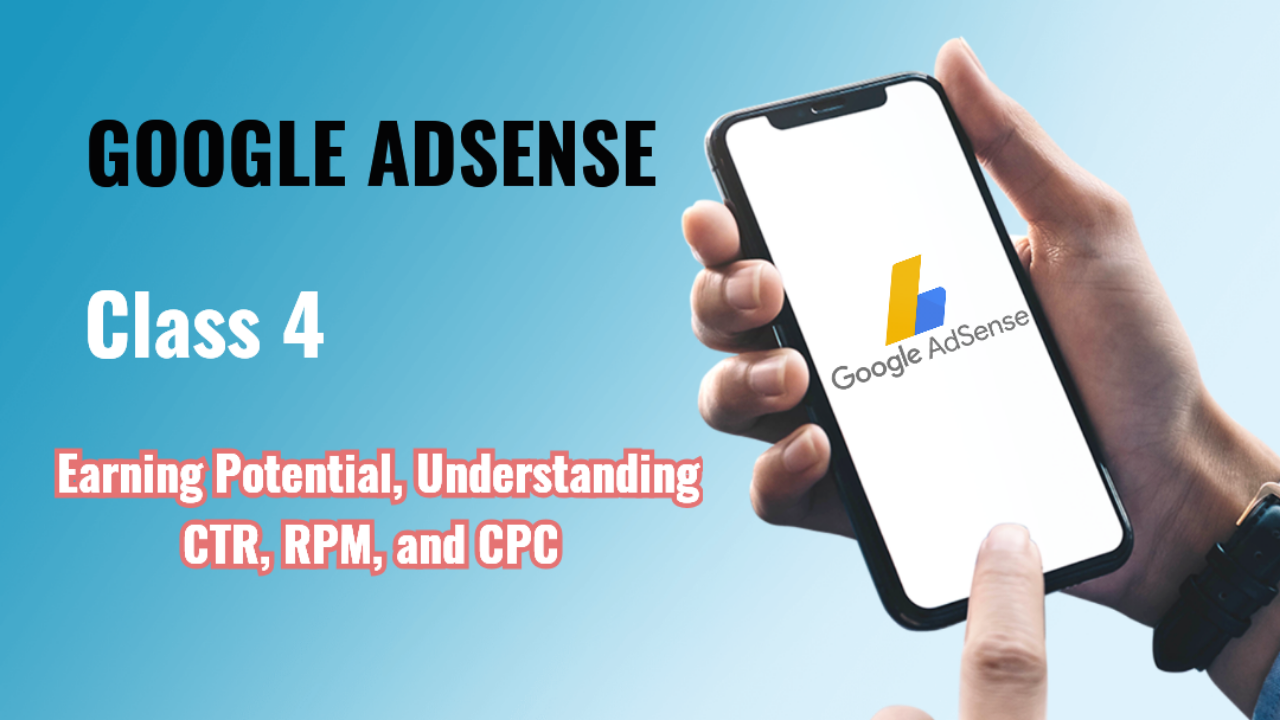Affiliate Marketing Course: Class 3 - Creating Content That Converts
Now that you've chosen an affiliate program and have access to your affiliate links, the next step is learning how to create effective content that encourages your audience to click on those links and make purchases.
1. Why Content is Key in Affiliate Marketing
Content is the medium through which you’ll promote affiliate products. Your audience needs to trust your recommendations, and the content you create plays a crucial role in building that trust. High-quality, informative, and engaging content leads to higher conversions.
2. Types of Affiliate Content
There are different types of content you can create for affiliate marketing:
-
Product Reviews: Write in-depth reviews of the products you are promoting. Highlight their features, benefits, and potential drawbacks. Be honest to build credibility with your audience.
- Example: A blog post reviewing a fitness smartwatch, where you discuss its tracking features, ease of use, and provide your affiliate link.
-
How-to Guides/Tutorials: Create step-by-step guides on how to use the products you promote. These guides are valuable because they help people see the product in action.
- Example: A video tutorial showing how to set up and use a new home coffee machine, including your affiliate link in the description.
-
Listicles (Top X Lists): Compile lists of the best products in a category. These are great because they provide a variety of options, increasing the chances that a reader will click on one of your affiliate links.
- Example: "Top 5 Noise-Canceling Headphones for Work and Travel" with affiliate links to each product.
-
Comparisons: Write posts comparing two or more products, pointing out the pros and cons of each. Help your audience make an informed decision.
- Example: A side-by-side comparison of two competing smartphones, including their specs, pricing, and links to purchase.
-
Resource Pages: Create a dedicated page on your website listing the tools, products, or services you recommend.
- Example: A "Resources" page for bloggers that lists web hosting services, plugins, and content creation tools, all with affiliate links.
3. Writing Engaging Affiliate Content
Here’s how to create content that draws in readers and encourages them to click:
-
Solve a Problem: Show how the product solves a real problem your audience faces. For example, if you’re promoting noise-canceling headphones, explain how they can help someone focus in a noisy environment.
-
Be Honest: Always disclose the pros and cons of a product. Authenticity is key. Overhyping a product can damage your credibility.
-
Use Clear Calls-to-Action (CTAs): A CTA is a prompt that encourages the reader to take action, such as "Buy Now" or "Learn More." Place CTAs strategically throughout your content.
-
Use Visuals: Include high-quality images or videos of the product in use. This helps readers visualize the product, increasing the chances they will purchase it.
4. Best Practices for Affiliate Links
-
Disclose Affiliate Relationships: Be transparent with your audience. Always include a clear affiliate disclosure statement that informs readers that you may earn a commission from purchases made through your links.
- Example: “This post contains affiliate links, meaning I earn a commission if you use them at no extra cost to you.”
-
Place Links Strategically: Don’t overload your content with affiliate links. Place them naturally where they make sense, like after describing a product’s key feature or benefit.
-
Deep Link to Product Pages: Instead of linking to the company’s homepage, link directly to the product page. This shortens the buying process and improves the chances of a sale.
-
Test Your Links: Ensure all affiliate links work and lead to the correct product page. Broken links will cost you conversions.
5. Example: How to Craft an Affiliate Product Review
Here’s a sample outline for an affiliate product review:
-
Introduction: Briefly introduce the product and why you're reviewing it.
- Example: “Today, I’m reviewing the XYZ Wireless Earbuds, a popular choice for active listeners who need reliable sound quality during workouts.”
-
Features and Benefits: Explain what makes the product stand out and how it can solve a problem or fulfill a need.
-
Pros and Cons: Be honest and list both positive and negative aspects. This shows that your review is balanced and trustworthy.
-
Use Cases/Personal Experience: Share how you’ve used the product or examples of others who have benefitted from it.
-
Call to Action: Encourage the reader to check out the product and include your affiliate link.
- Example: “If you’re looking for earbuds with excellent sound and comfort, I highly recommend the XYZ Wireless Earbuds. You can check them out here [insert affiliate link].”
6. Assignment for Class 3
- Write a product review or listicle using your affiliate link from Class 2.
- Incorporate visuals (images, videos) and include a clear CTA.
- Share it on your blog or social media platform and track engagement (clicks or conversions).
Next, in Class 4, we’ll explore promoting your content effectively across different platforms and using SEO to maximize visibility and affiliate earnings.




















